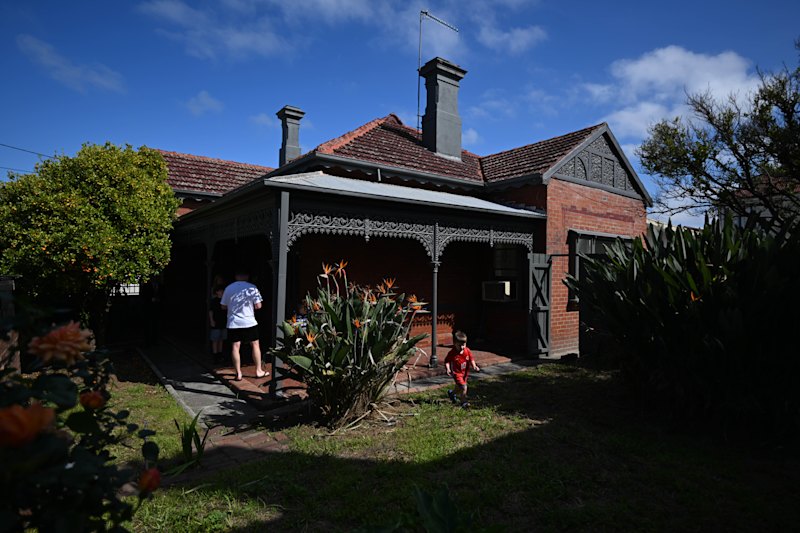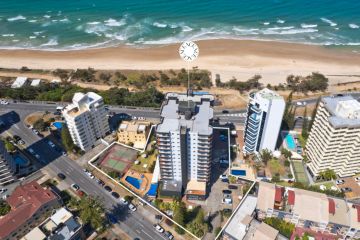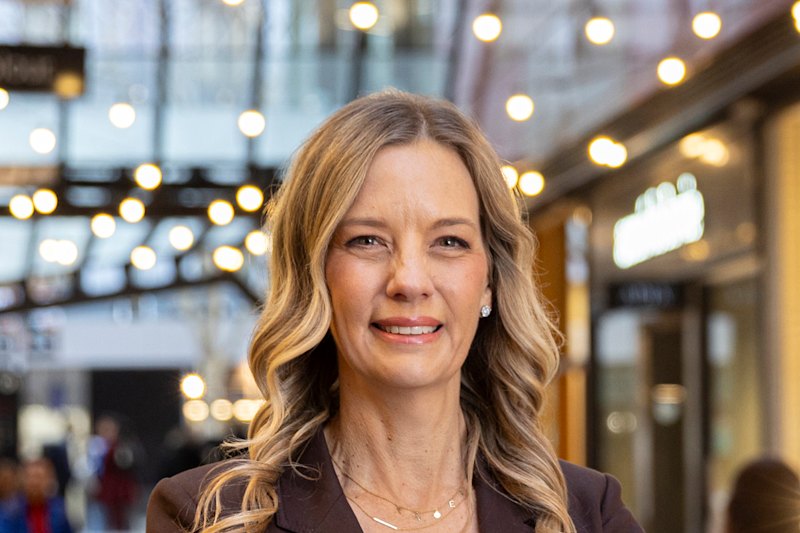Federal Budget 2017: Sorry, first-home buyers - this isn't the budget you were hoping for

There are nine changes made in the Treasury portfolio to help with “reducing the pressure on housing affordability” and none of them stand out as particularly remarkable.
While numerous budget documents promise a “comprehensive housing affordability plan for all Australians” it is hardly the budget first-home buyers were hoping for.
Of the new measures, many appear to tackle the demand-side of the housing equation – a welcome addition to an otherwise supply-focused budget.
But there’s no surprise they skirt around the politically-difficult topics of negative gearing and investor tax incentives.
Instead, they’ve chosen to tighten up on property owners claiming for specific deductions – such as travel expenses.
While cracking down on incorrectly used property deductions is worthwhile, it is a bit of a stretch to figure out how stopping an investor from taking a taxpayer-funded trip to their holiday home helps with the ultimate aim of affordability.
It’s also hardly a shock that the budget seems to have gone after foreign buyers – Australia’s least popular group of property buyers – in three of the nine measures.
These changes are all crowd pleasers – but like many politically-friendly measures, they’re not particularly meaningful.
And these two categories make up more than half of Treasury’s plan to help affordability.
Thankfully, the other four measures are a little more promising.
One of them is the much-awaited savers scheme for first-home buyers, allowing young Australians to make contributions into their superannuation for future use as a deposit.
The only problem is the scheme falls a little short of what first-home buyers might have been hoping for, allowing a maximum of $30,000 plus earnings to be used for the purpose of a deposit.
In Australia’s most expensive market, Sydney, a 10 per cent deposit on even half of the median house price would be $57,500. Add stamp duty and other costs and this suddenly doesn’t look too generous. It’s a similar story in Melbourne.
And that’s provided first-home buyers opt to use it. A previous scheme was scrapped due to its lack of uptake, though it did require first-home buyers to keep their funds in a separate account for a much longer period of time.
Allowing retirees to put some of the proceeds of the sale of their long-term family home into superannuation is another smart move. It’s likely this will free up some of the larger homes families are crying out for in the middle- and inner-rings of capital cities like Sydney and Melbourne.
The last two measures relate specifically to affordable housing. These include concessional taxation treatment for Managed Investment Trusts when affordable housing is made available to rent for low- and middle-income tenants for 10 years.
It also includes additional capital gains tax discounts for those who invest in qualifying affordable housing.
There are some signs of long-term thinking in these final two measures. Moving the debate towards tenants, and pushing for homes that are affordable to Australia’s key workers, is a positive sign.
But the changes don’t go far enough.
As the government wastes no time pointing out in the budget documents: “There is no silver bullet.”
It’s likely the budget’s approach to supply, including leaning on the states to deliver planning and zoning reforms to speed up supply, will go some way towards releasing the pressure valve.
But what about those hoping to buy a first-home within the forseeable future?
Even without a silver bullet, there should have been more decisive changes for those wanting to buy in the next few years.
We recommend
We thought you might like
States
Capital Cities
Capital Cities - Rentals
Popular Areas
Allhomes
More







